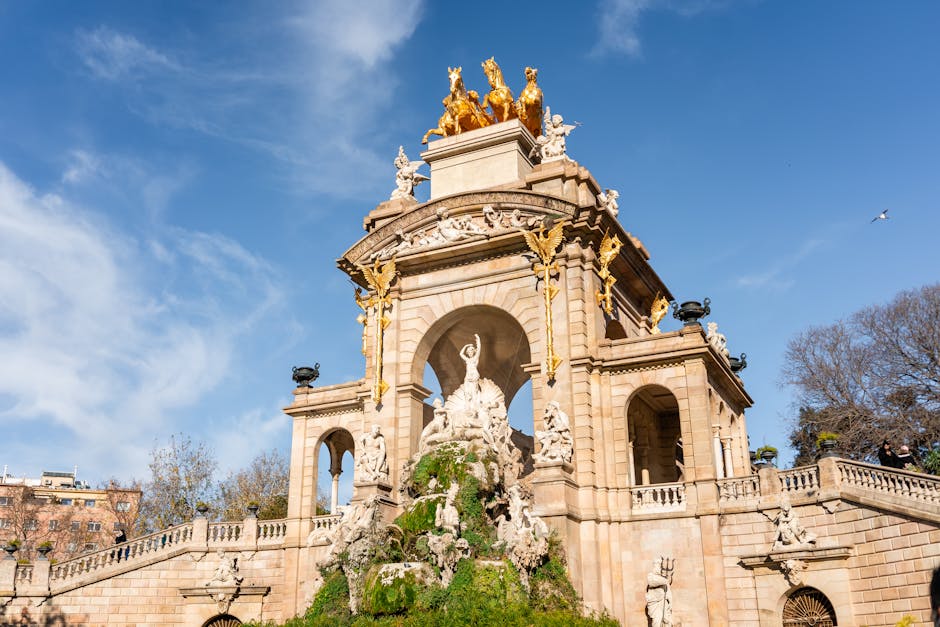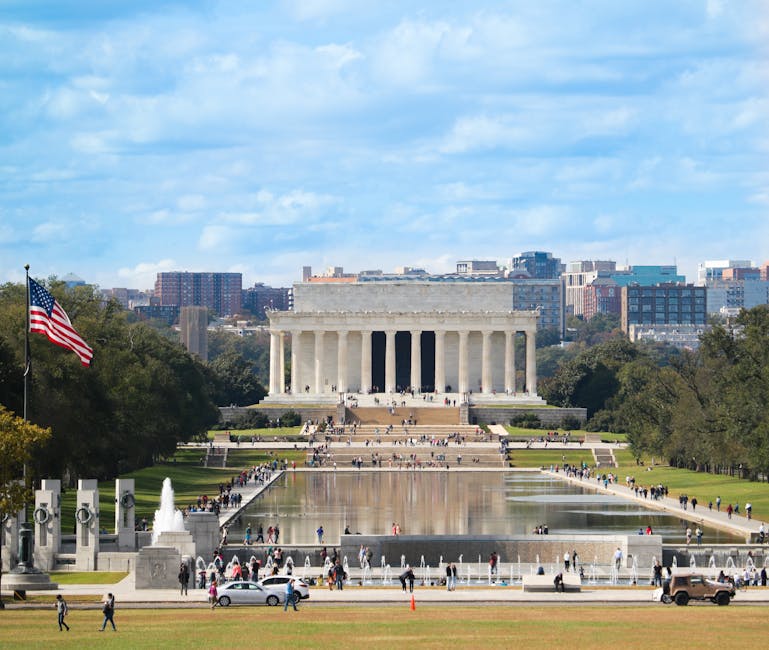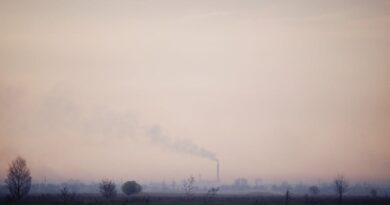The History of National Parks
Welcome to a journey through time and nature, exploring the fascinating history of national parks. From the majestic landscapes to the diverse wildlife, national parks have captured the hearts and minds of millions of people around the world. But how did these protected areas come to be? What is the significance of national parks in our society? Join us as we delve into the rich history of national parks, uncovering their origins, evolution, and enduring legacy.
The Beginnings of National Parks

In the mid-19th century, the United States led the way in creating the world’s first national park, Yellowstone National Park. Established in 1872, Yellowstone set a precedent for the preservation of natural wonders for future generations. This groundbreaking initiative was driven by a desire to protect the unique geothermal features, wildlife, and landscapes of the region from exploitation and development.
Following the success of Yellowstone, other countries began to recognize the importance of preserving their natural heritage. In 1885, Canada established Banff National Park, the first national park in the country and the beginning of a robust system of protected areas. Australia followed suit with the creation of Royal National Park in 1879, setting the stage for the global conservation movement.
The Evolution of National Parks

As the concept of national parks gained momentum, countries around the world started to designate more areas for conservation and recreation. The early 20th century saw the establishment of iconic parks such as Yosemite, Grand Canyon, and Zion in the United States, each showcasing the breathtaking beauty and ecological diversity of their respective regions.
Over time, the focus of national parks expanded beyond preservation to include education, research, and sustainable tourism. Parks like Kruger National Park in South Africa and Serengeti National Park in Tanzania became pioneers in wildlife conservation, playing a crucial role in protecting endangered species and promoting environmental awareness.
The Role of National Parks Today

In the 21st century, national parks continue to serve as vital sanctuaries for biodiversity and natural ecosystems. They offer invaluable opportunities for recreation, outdoor education, and scientific research, providing a connection to the natural world that is increasingly rare in our urbanized society.
Moreover, national parks have become essential tools in the fight against climate change, serving as carbon sinks and buffers against environmental degradation. By preserving large tracts of wilderness, parks help to maintain ecological balance and mitigate the impact of human activities on the planet.
Challenges and Controversies

Despite their undeniable benefits, national parks face a myriad of challenges in the modern era. Climate change, habitat destruction, pollution, and invasive species pose significant threats to the integrity of these protected areas, putting pressure on park managers and conservationists to find sustainable solutions.
Furthermore, the increasing popularity of national parks has led to issues of overcrowding, degradation of natural resources, and conflicts between conservation and tourism. Balancing the needs of visitors with the preservation of fragile ecosystems is a delicate act that requires careful planning and management.
Future Prospects and Innovations
Looking ahead, the future of national parks lies in innovation and collaboration. From adopting new technologies for monitoring wildlife and ecosystems to engaging local communities in conservation efforts, parks are constantly evolving to meet the challenges of the 21st century.
By embracing sustainable practices, promoting eco-friendly tourism, and fostering partnerships with governments, NGOs, and indigenous groups, national parks can continue to thrive as beacons of hope for nature conservation and environmental stewardship.
Common Misconceptions
One common misconception about national parks is that they are simply recreational areas for tourists. While parks do offer opportunities for hiking, camping, and wildlife viewing, their primary purpose is to protect natural ecosystems, preserve biodiversity, and promote environmental education.
FAQs
Q: How many national parks are there in the world?
A: There are currently over 1,200 national parks in more than 100 countries, covering a total area of around 500 million hectares.
Conclusion
In conclusion, the history of national parks is a testament to the enduring value of nature conservation and environmental stewardship. From humble beginnings in the 19th century to global recognition in the 21st century, national parks have become symbols of our commitment to preserving the planet’s natural heritage for future generations.
As we reflect on the past, present, and future of national parks, let us remember the words of John Muir, the renowned naturalist and advocate for wilderness preservation: “The clearest way into the Universe is through a forest wilderness.” Let us continue to cherish and protect these precious landscapes, ensuring that they remain unspoiled and untamed for all time.




